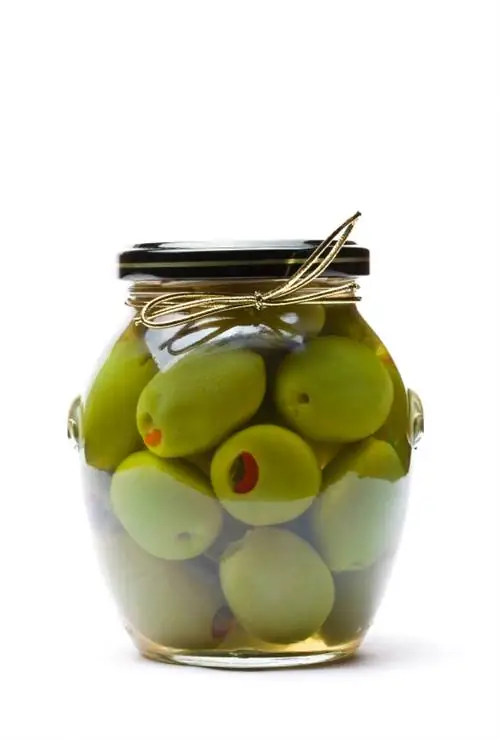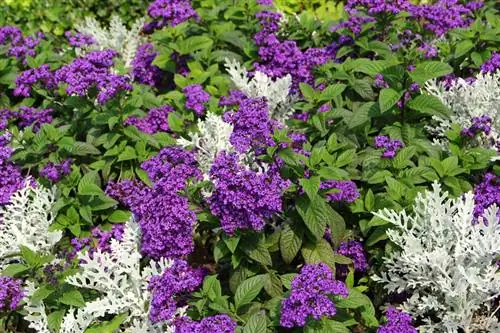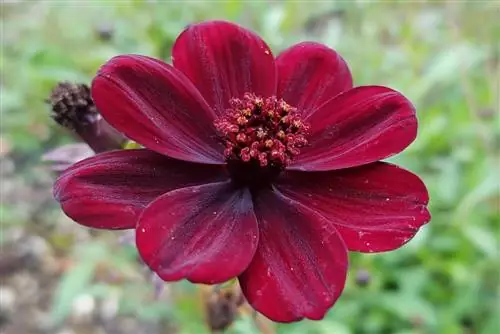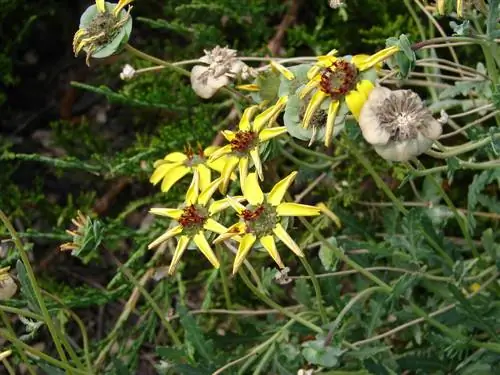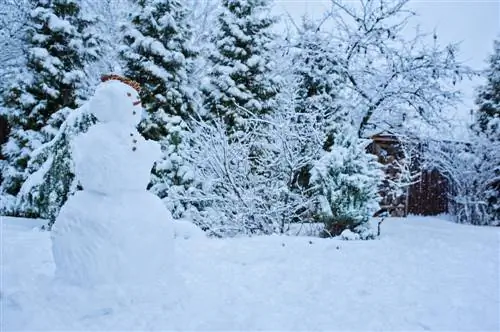- Author admin [email protected].
- Public 2023-12-16 16:46.
- Last modified 2025-01-23 11:22.
So that the chocolate flower continues to exude its unmistakable scent of milk chocolate next year, it is necessary to overwinter in a species-appropriate manner. Unfortunately, the beautiful plant is not winter hardy. Read how to do it here.
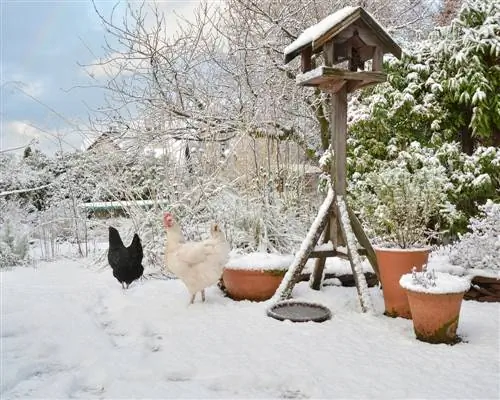
How do I properly overwinter a chocolate flower?
To overwinter a chocolate flower successfully, you should move it to its winter quarters (8-10°C, dark and dry) in October, divide the tubers, check them and let them dry out. From the end of February you can accustom the plant to warmer temperatures and divide it in spring.
Moving to winter quarters
Both potted plants and outdoor flowers should not be exposed to frost in winter. While a container is easy to transport into the house, you need to dig up chocolate flowers from the bed, of which only the bulb is left at this point, and plant them in a wintering pot.
Note: In mild areas where temperatures rarely fall below 0°C, even in winter, it is entirely possible to overwinter a chocolate flower bulb in a pot outdoors, provided the pot is well insulated with a brushwood mat.
Time
The chocolate flower should move into its winter quarters as early as October to avoid the risk of unexpected night frosts.
Instructions
After you have dug up the tuber, it is a good idea to divide it with a sharp knife and overwinter the individual pieces separately. In spring you can look forward to a large population of numerous young chocolate flowers. Overwinter the tubers as follows:
- ideal temperature: 8°C to 10°C
- dark, dry location (preferably in the basement)
- Check tubers regularly for rot (caused by moisture)
- Shrink tubers
- hang in a potato net
- alternatively, fill a wooden box with a peat-sand mixture (€15.00 on Amazon) and bury the tubers
Spring habituation
At the end of February, when the sun becomes more and more powerful, you can get your chocolate flower used to moving outdoors soon. How to proceed:
- Put the pot in a warm place
- choose a bright location
- put on the terrace when the weather is nice
- no direct sun
- Resume watering
- fertilize
- divide if there is significant tuber formation
Note: Night frosts are possible until the Ice Saints in mid-May. Until then, you should bring the chocolate flower into the house at night.


